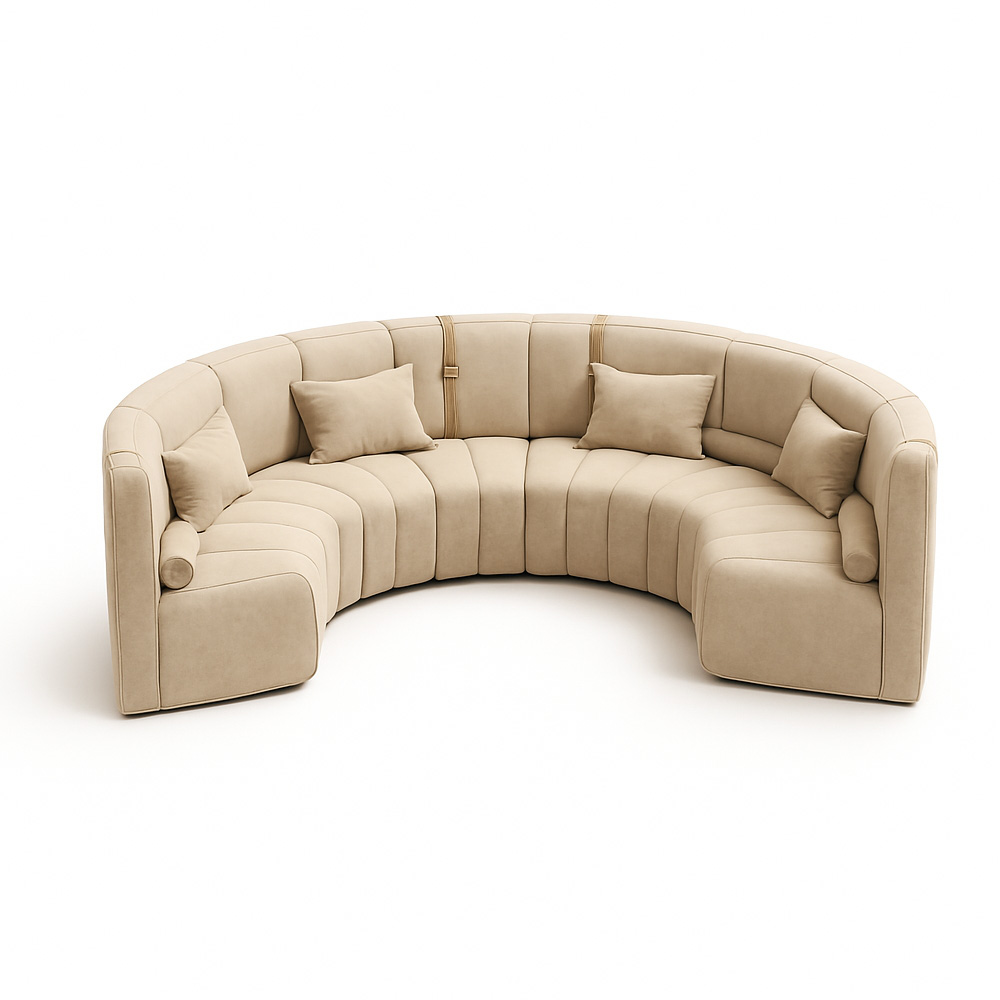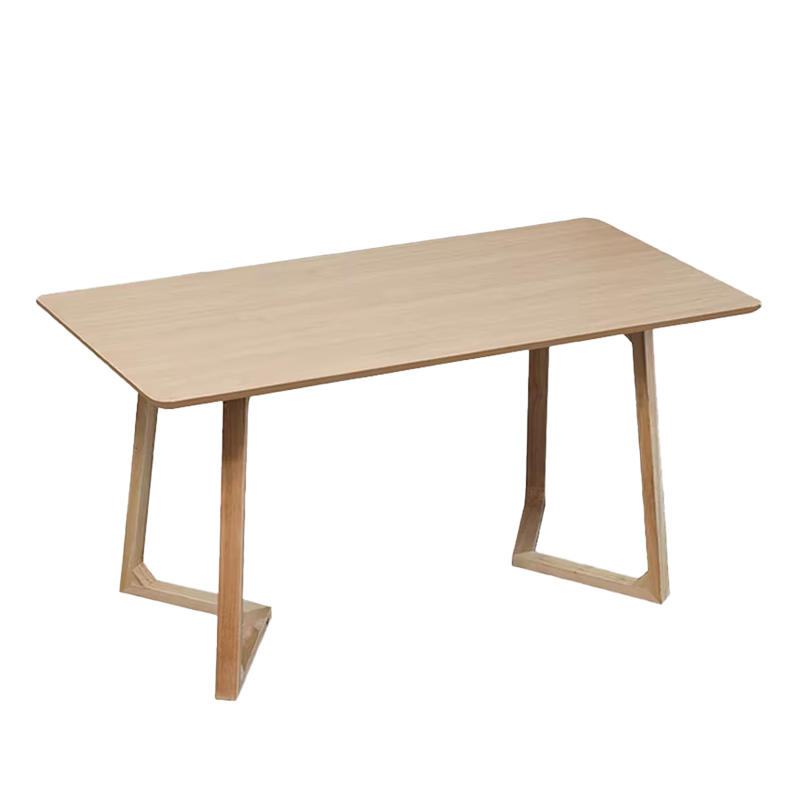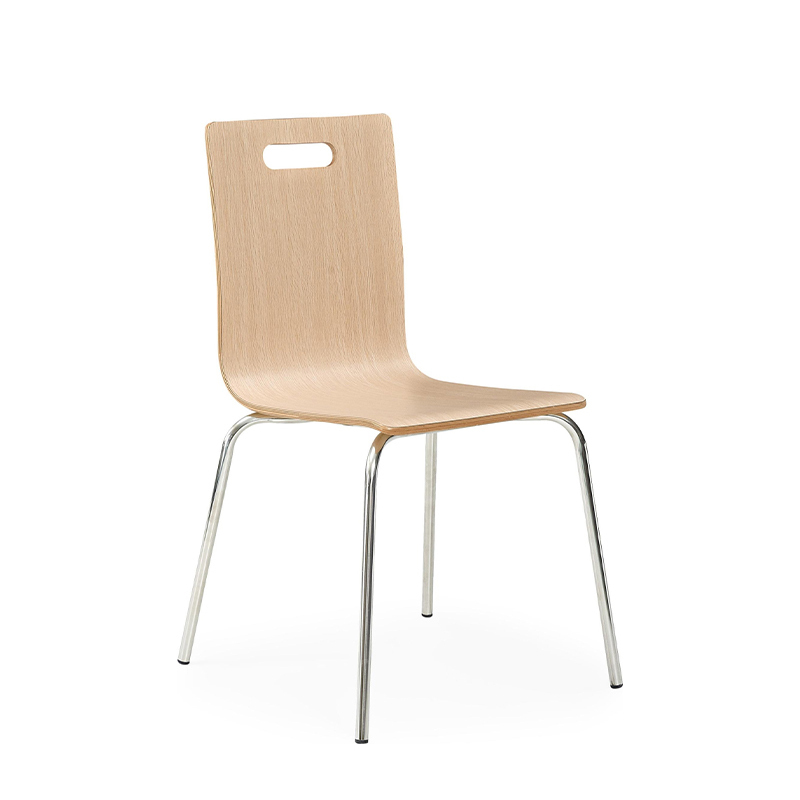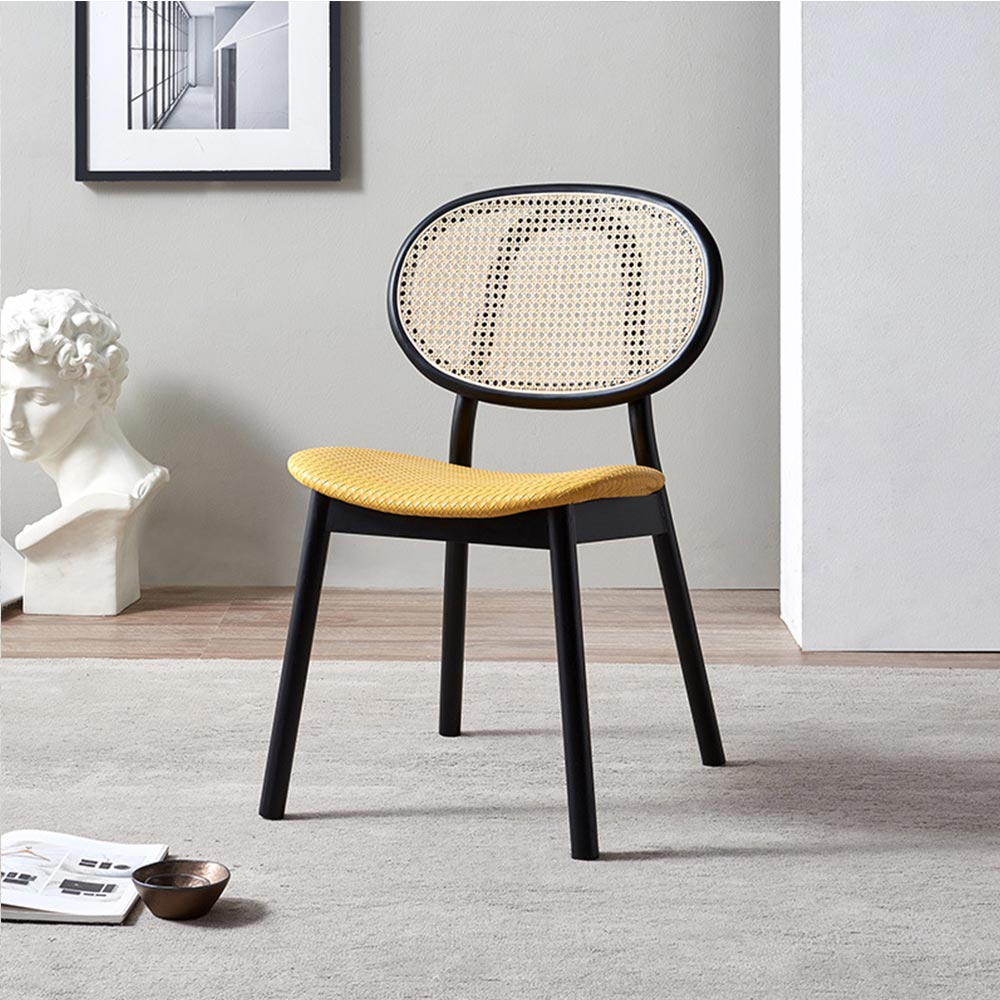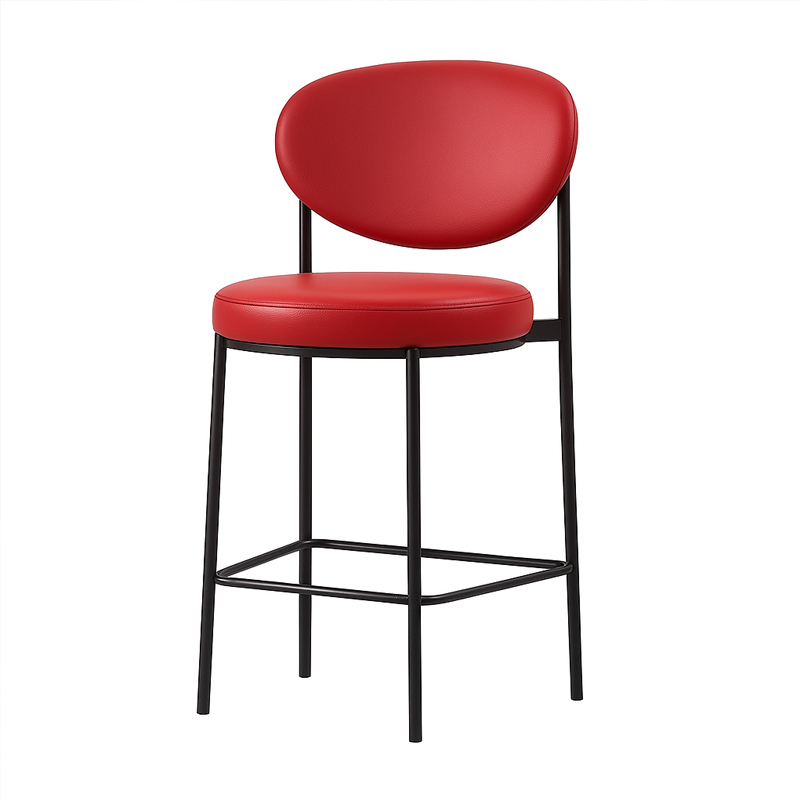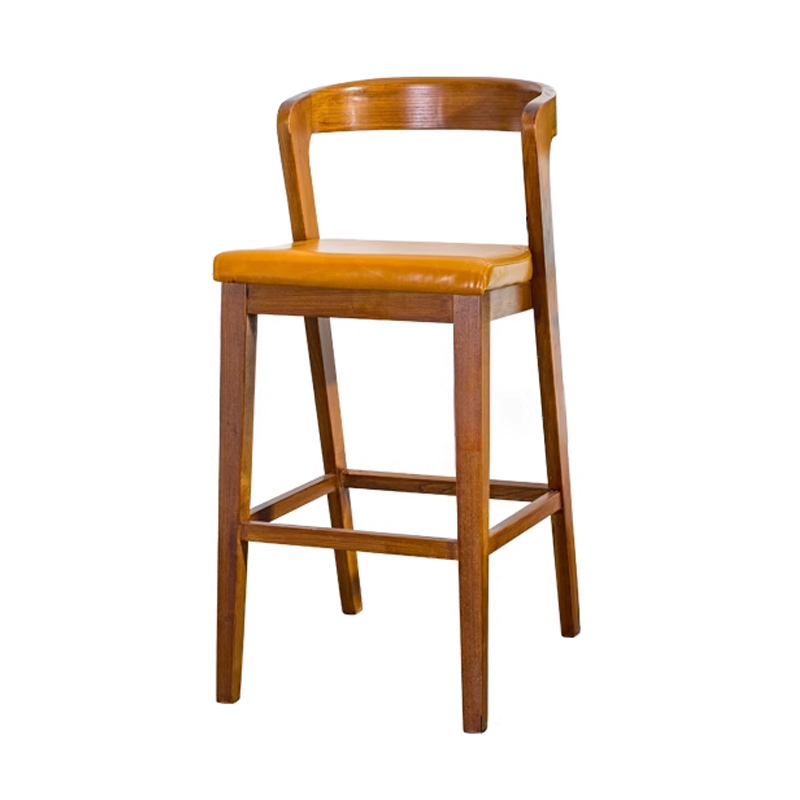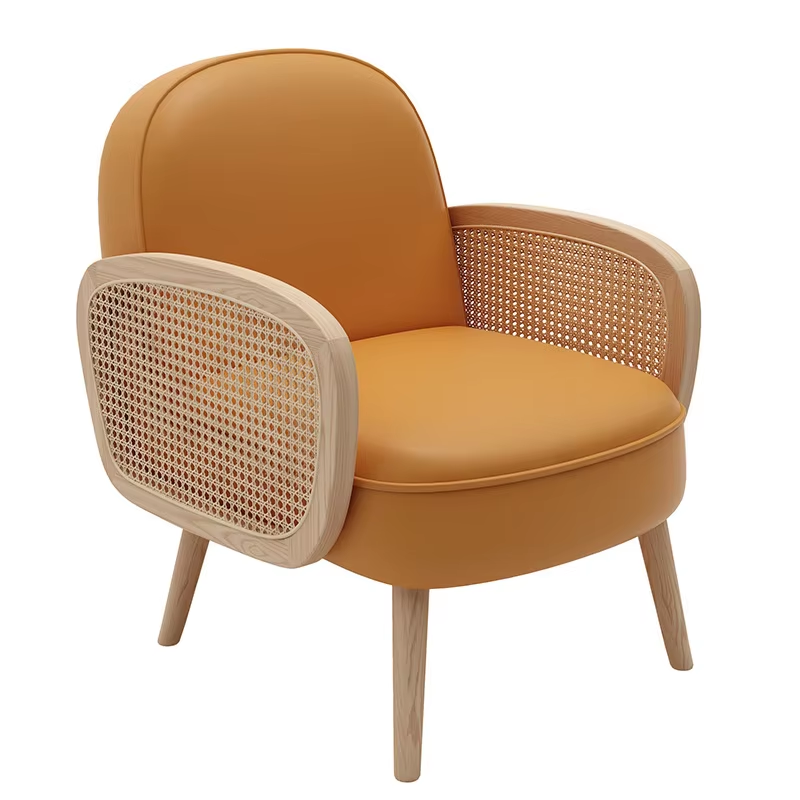Customizing modern restaurant furniture is an exciting and rewarding project that can completely transform the dining experience. As an expert in restaurant furniture design and manufacturing, I can tell you that customizing furniture isn’t as complicated as many think.
Yes, it requires time and effort, but with a step-by-step approach, you can create functional and visually appealing furniture that complements your restaurant’s atmosphere and stands out in 2025.
I’ve seen many restaurant owners get overwhelmed by the process, thinking they need advanced design skills, a huge budget, or years of experience. The truth?
You just need a methodical approach, creativity, and a willingness to test, iterate, and adjust based on real feedback.
Why Customizing Modern Restaurant Furniture Is Essential in 2025
Before diving into the details, let’s talk about why customizing your restaurant’s furniture is such an important move in 2025.
The restaurant industry is increasingly focused on personalization and creating unique experiences for customers. Customizing your restaurant furniture allows you to:
- Align with your restaurant’s theme and brand.
- Enhance customer comfort and experience.
- Stand out in a competitive market.
- Maximize the use of available space.
Not to mention, customized furniture can help build a strong identity for your restaurant, making it memorable to patrons.
How to Customize Modern Restaurant Furniture
Step 1: Define Your Restaurant’s Aesthetic and Functionality
The first step in customizing your restaurant furniture is understanding what you want your space to feel like and how the furniture can serve both aesthetic and functional purposes.
1.1 Establish the Theme.
Whether you’re aiming for a sleek modern look, a cozy rustic feel, or a trendy industrial style, your furniture should reflect that. Write down the key visual elements and ambiance you want to create.
1.2 Identify Practical Needs
Think about the practical aspects: How much seating do you need? Do you need flexible layouts that can be rearranged for different events? Are your customers likely to linger, or is it a fast-casual dining environment?
The customization process should balance style with practicality to enhance your restaurant’s overall experience.
Step 2: Choose Materials That Fit Your Concept
When it comes to materials, the choice can make or break the overall look and durability of your furniture.
2.1 Select the Right Materials for Your Concept
Modern restaurant furniture can be made from a variety of materials, such as:
- Wood (warmth, texture, and classic appeal).
- Metal (industrial, sleek, and durable).
- Upholstery (comfort and style).
- Stone or Concrete (luxury or rustic feel).
2.2 Focus on Durability
Your restaurant furniture should withstand daily wear and tear. Choose materials that are both aesthetically pleasing and able to endure the hustle and bustle of a busy restaurant environment.
Step 3: Personalize Color and Finish
A critical part of customization is choosing the right color scheme and finish for your furniture. The right color can amplify your restaurant’s brand image and set the mood.
3.1 Matching with Restaurant’s Interior
Consider how the furniture color will complement other elements like walls, floors, and lighting. Neutral tones are versatile, but bold hues can create excitement and match a specific theme.
3.2 Custom Finishes
From matte to gloss finishes, the texture and sheen of your furniture affect both aesthetics and maintenance. Custom finishes can help create a unique look and make your furniture easier to clean.
Step 4: Optimize Furniture for Comfort and Use
Furniture comfort and usability are crucial for any restaurant setting. Your customers should feel relaxed, whether they are dining for an hour or enjoying a quick coffee.
4.1 Focus on Ergonomics
Ergonomics are essential to ensure that your customers are comfortable. Invest in chairs with good lumbar support, tables at the right height, and materials that don’t cause discomfort over time.
4.2 Flexibility and Mobility
Consider furniture that can be easily moved, especially in restaurants that need to adjust layouts for different events. Custom furniture that is lightweight yet sturdy can offer greater versatility.
Step 5: Work with Experienced Manufacturers
After you’ve defined your concept and selected your materials, it’s time to work with furniture manufacturers who specialize in custom restaurant furniture. They can help turn your ideas into reality.
5.1 Find the Right Partner
Look for manufacturers who have experience creating custom furniture for restaurants. Ensure they can handle both the design and production aspects while providing you with high-quality materials.
5.2 Communicate Your Vision Clearly
Work with your manufacturer to discuss the design, materials, finishes, and any specific requirements. Ensure they understand your brand and how the furniture should align with your restaurant’s overall vision.
Step 6: Budget for Custom Furniture
Custom furniture may cost more than off-the-shelf options, but it’s an investment that can help your restaurant stand out and enhance customer experiences.
6.1 Establish a Realistic Budget
Be sure to set a budget that accounts for all aspects of customization, including material costs, design fees, and any additional features. Don’t forget to factor in shipping and installation.
6.2 Weigh Cost Against Value
While customization can be more expensive, the long-term benefits of having unique, high-quality furniture can justify the investment. It helps boost customer satisfaction and may even save you money in the long run by reducing wear and tear.
Step 7: Installation and Adjustments
Once your furniture is ready, it’s time for installation. Make sure the pieces fit perfectly within your space and serve their intended purpose.
7.1 Plan the Installation Process
Coordinate with your manufacturer or installers to ensure a smooth setup. Measure your space carefully to ensure everything fits as planned.
7.2 Adjust for Functionality
After installation, test the furniture to see how it works in the real world. Make adjustments as needed, whether it’s rearranging seating or tweaking certain designs.
Conclusion: Bring Your Restaurant Vision to Life
Customizing modern restaurant furniture in 2025 is a great way to enhance your space, improve your customer experience, and create a unique environment. By following a systematic approach, you can design furniture that is not only stylish but also practical.
So, whether you’re updating a small café or launching a large dining establishment, customizing your furniture can play a major role in shaping the perfect dining experience for your customers.
FAQ
Q1: How much does custom restaurant furniture cost?
A1: Custom furniture costs can vary based on materials, design complexity, and quantity. On average, expect to spend 20–30% more than standard off-the-shelf furniture.
Q2: How long does it take to receive custom restaurant furniture?
A2: It typically takes 4–6 weeks from design to delivery, depending on the complexity of the project and the manufacturer’s schedule.
Q3: Can I get eco-friendly custom restaurant furniture?
A3: Yes, many manufacturers offer sustainable options, including furniture made from reclaimed wood, recycled materials, or eco-friendly finishes.


 English
English Zulu
Zulu Igbo
Igbo Yoruba
Yoruba Xhosa
Xhosa Afrikaans
Afrikaans Sesotho
Sesotho Thai
Thai Vietnamese
Vietnamese Indonesian
Indonesian Malay
Malay Lao
Lao Myanmar
Myanmar Khmer
Khmer Turkish
Turkish Hausa
Hausa Portuguese
Portuguese Hindi
Hindi Arabic
Arabic Russian
Russian Japanese
Japanese Chinese
Chinese





